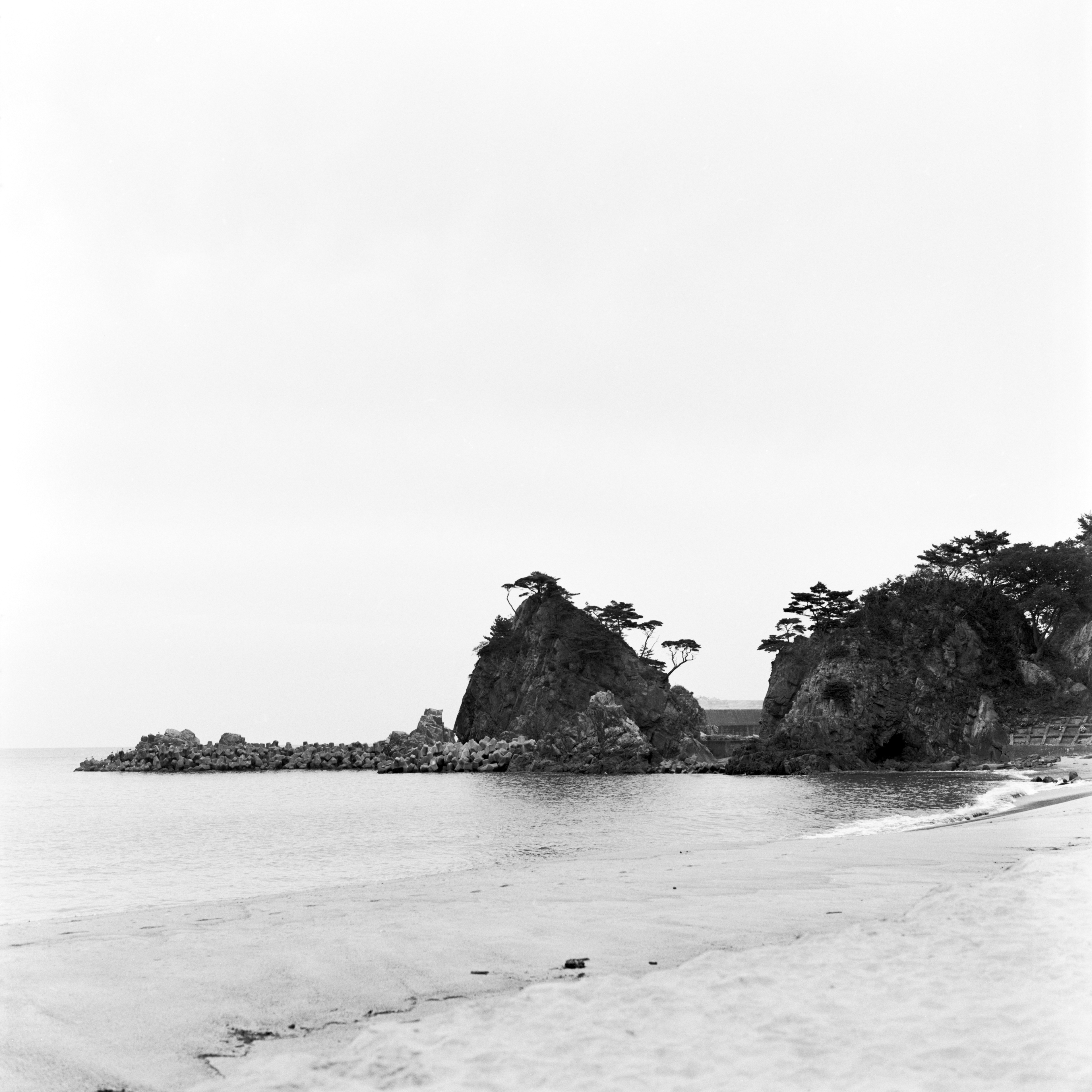
Hudaihama, Japan (2019) 40x40cm silver gelatin print.
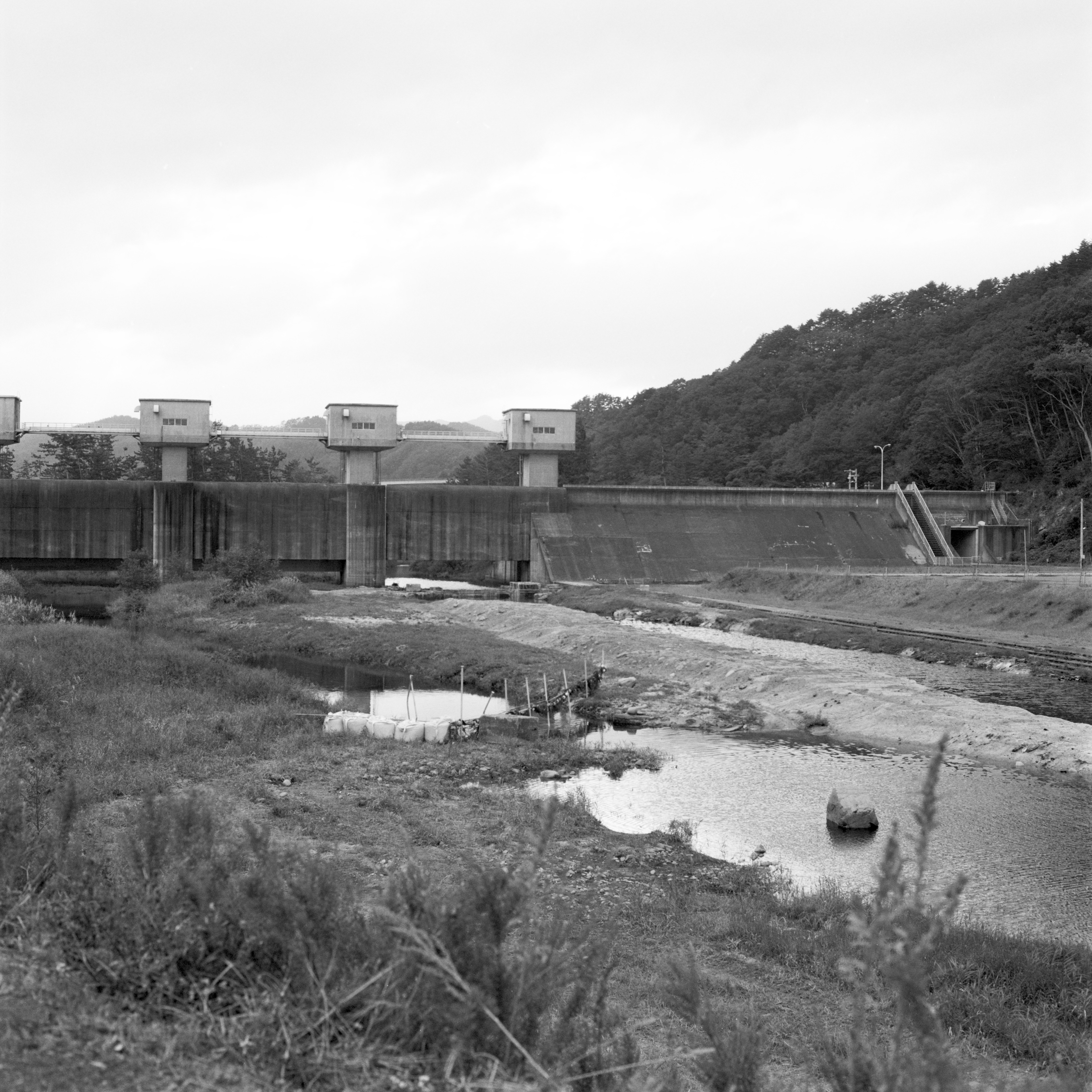
Barrier, Japan (2019) 40x40cm silver gelatin print.

Hudai Station, Japan (2019) 40x40cm silver gelatin print.
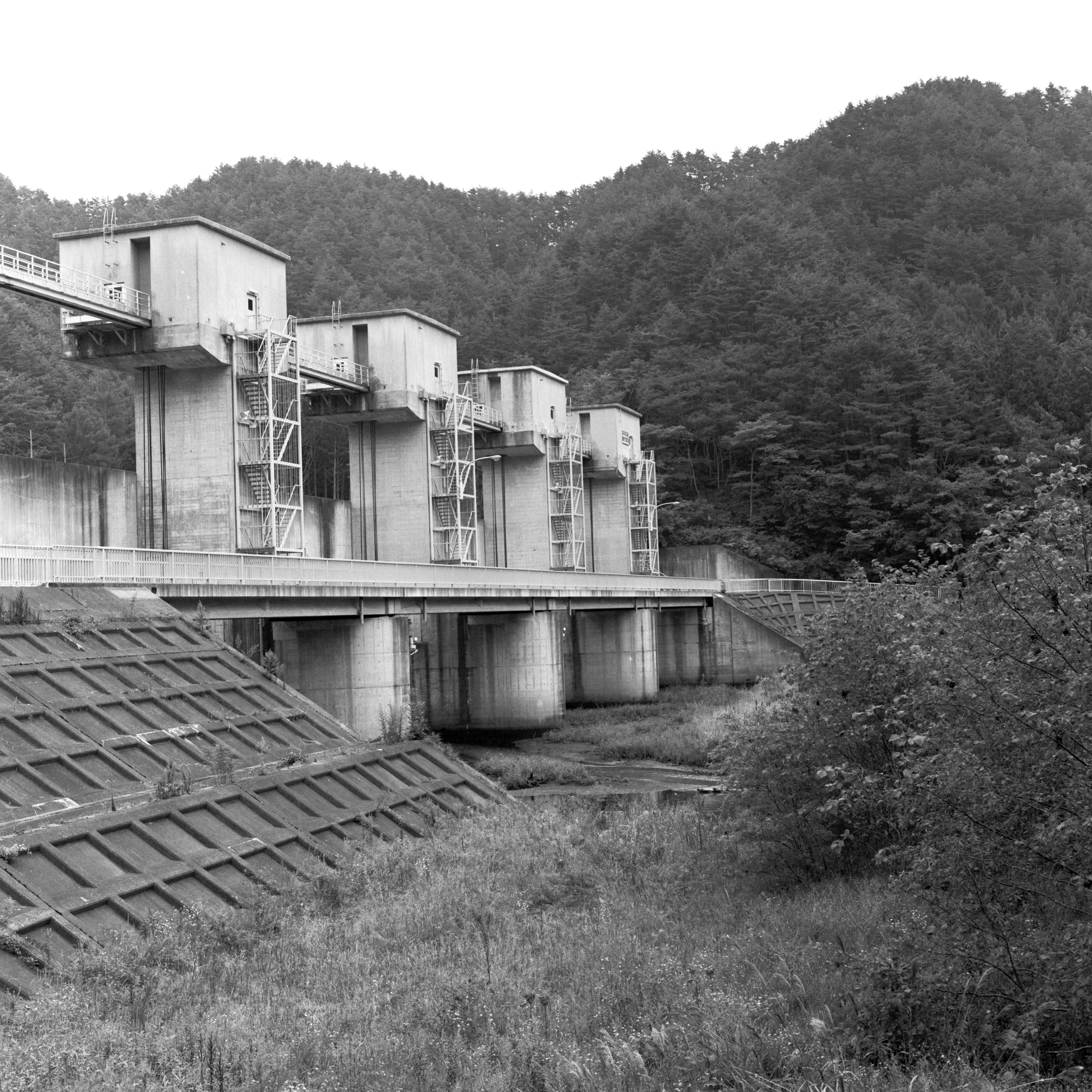
Barrier, Japan(2019) 40x40cm silver gelatin print.
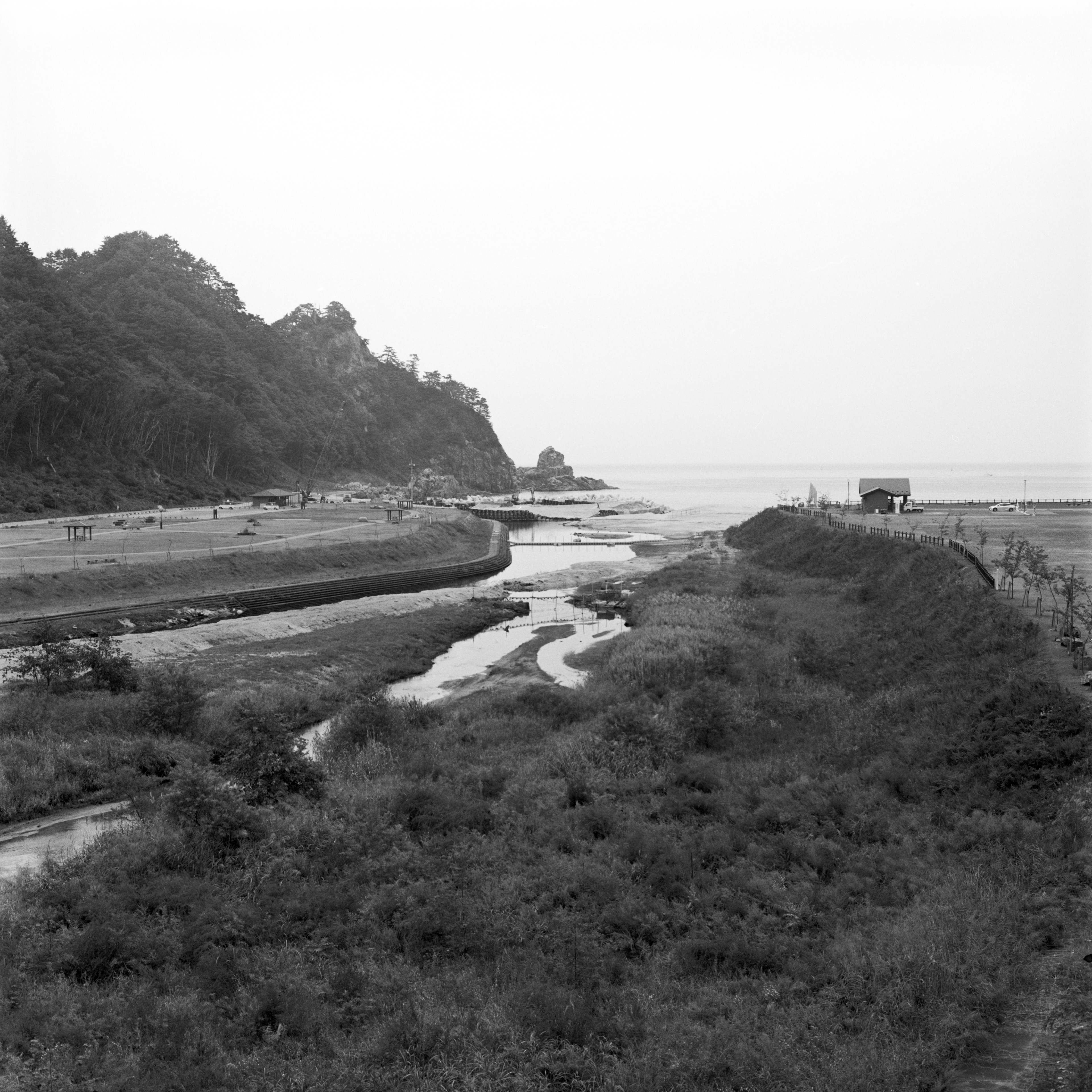
View from the Barrier, Japan (2019) 40x40cm silver gelatin print.
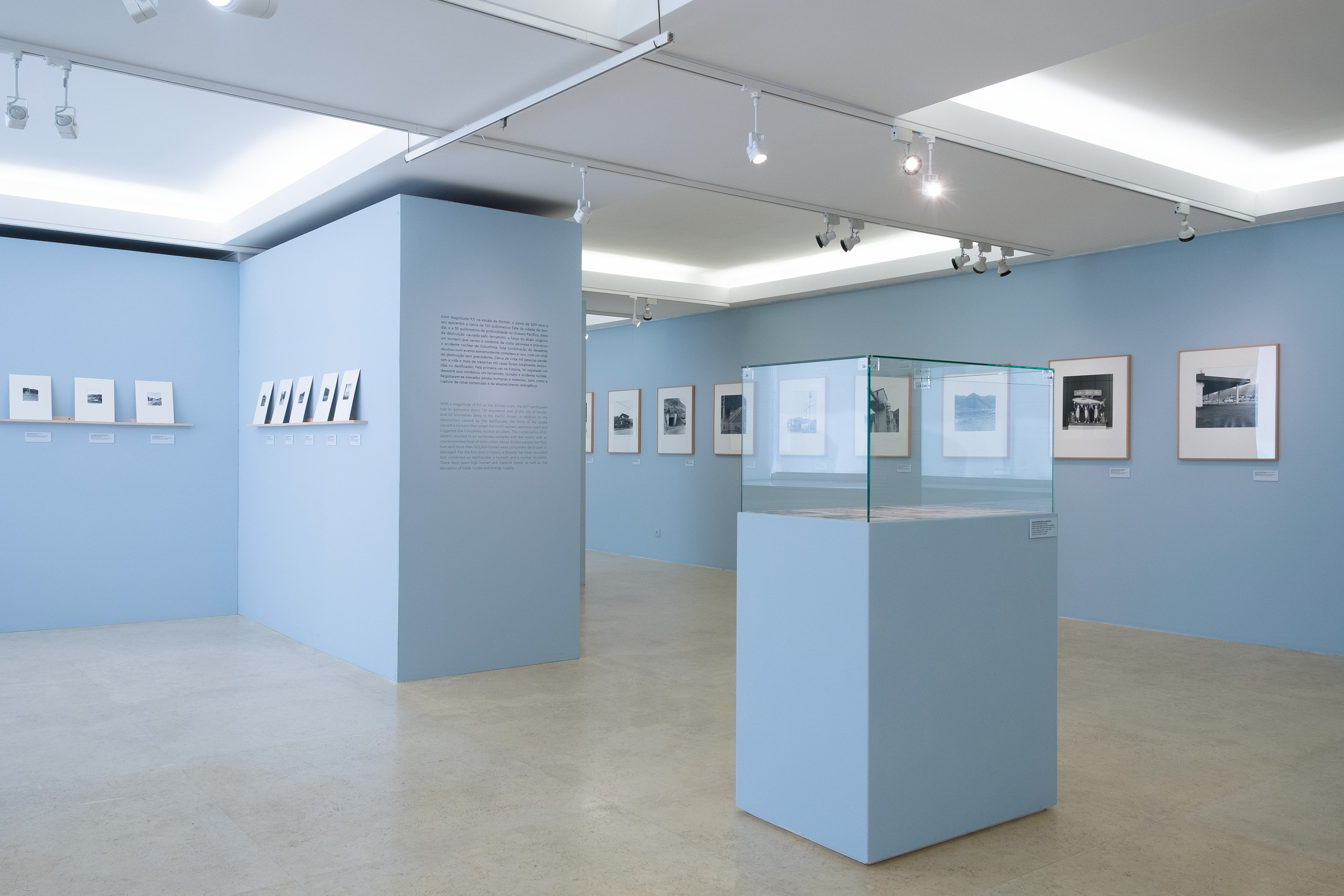
Uma Barreira Contra o Pacífico, Exhibition at Museu do Oriente, Lisbon (2023).

Uma Barreira Contra o Pacífico, Exhibition at Museu do Oriente, Lisbon (2023).
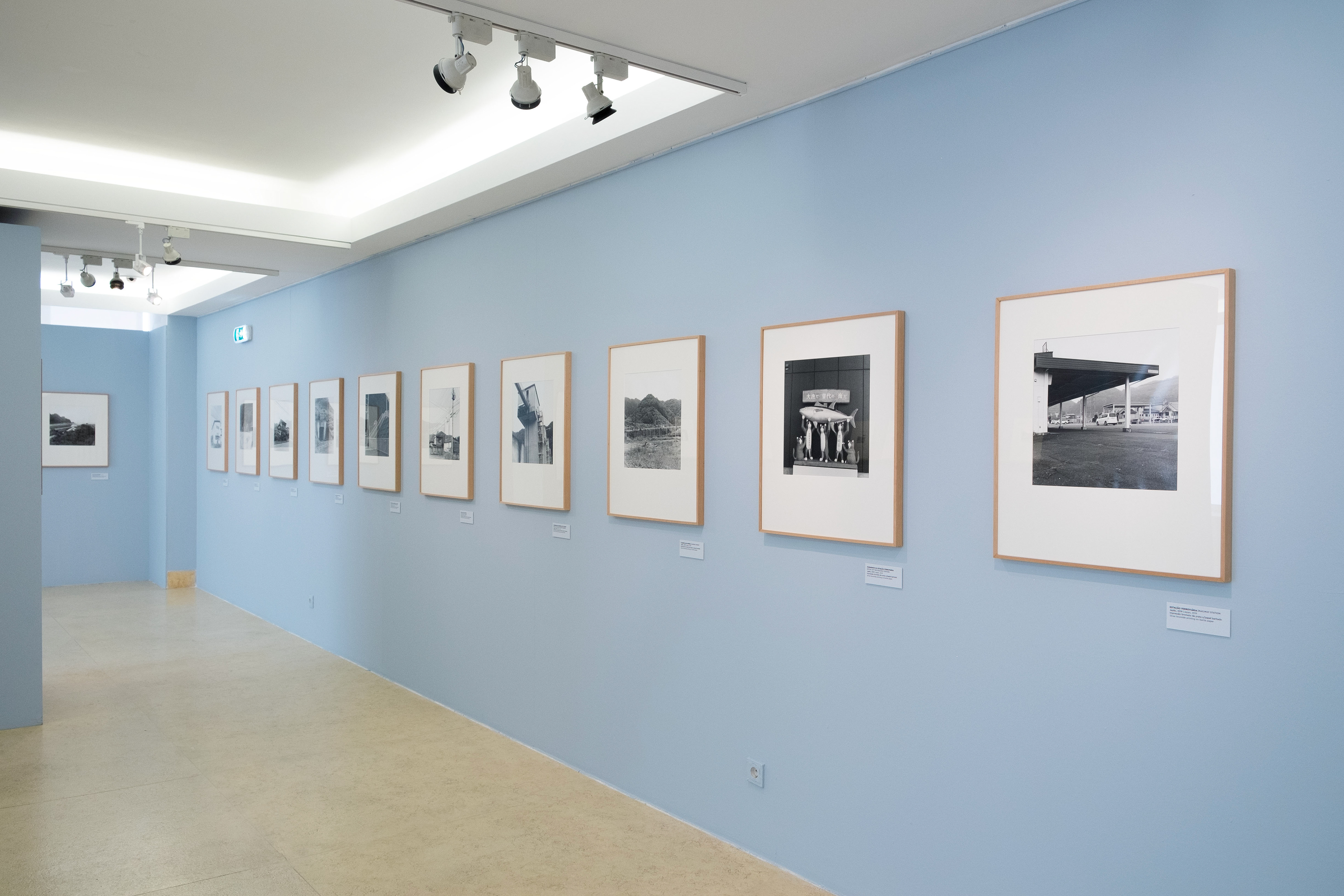
Uma Barreira Contra o Pacífico, Exhibition at Museu do Oriente, Lisbon (2023).
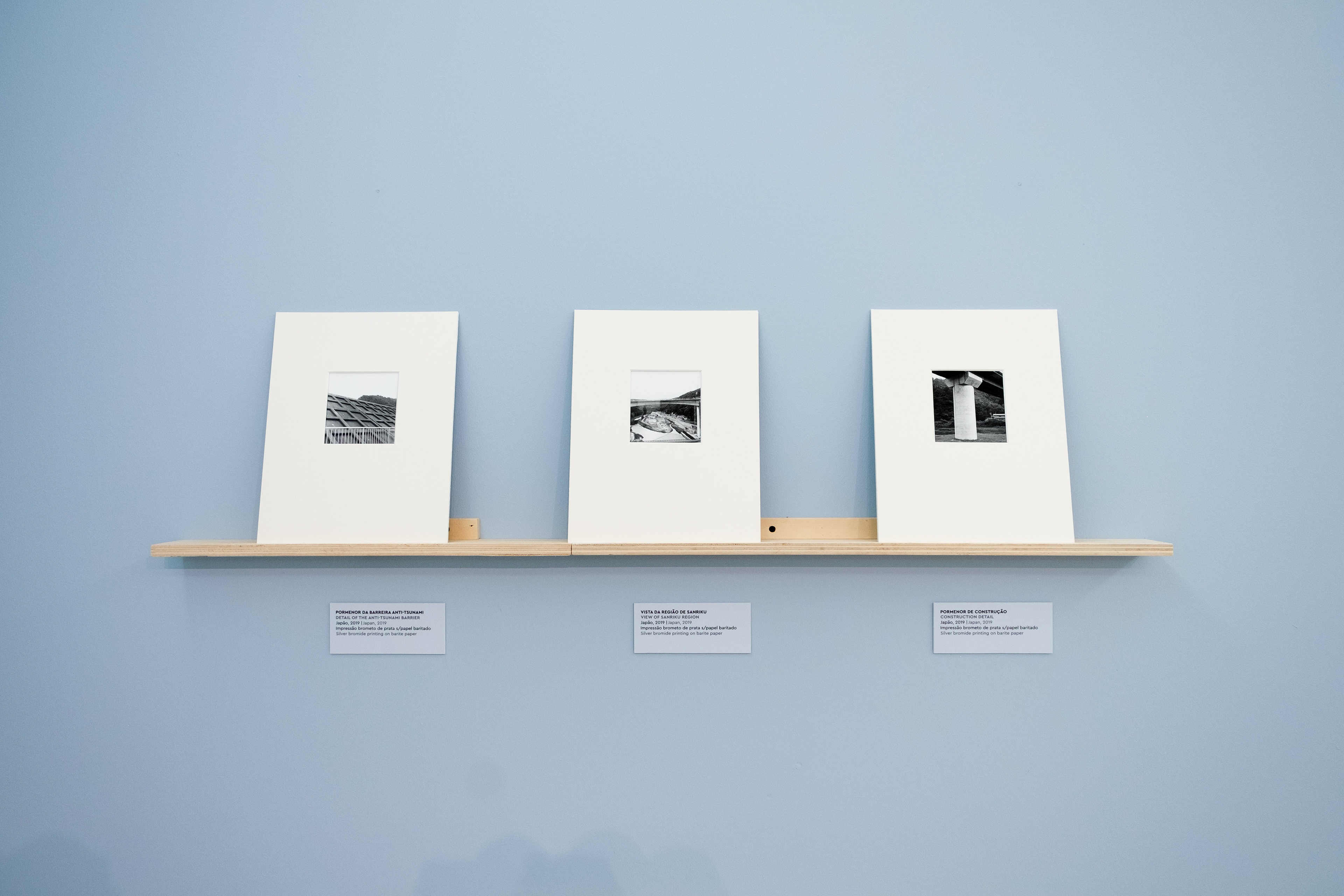
Uma Barreira Contra o Pacífico, Exhibition at Museu do Oriente, Lisbon (2023).

Uma Barreira Contra o Pacífico, Exhibition at Museu do Oriente, Lisbon (2023).
40x40 cm, silver gelatin prints
Hudai is located in the coastal region of Sanriku, Iwate Province, one of the areas of Japan most affected by the Great Earthquake of 2011. In addition to the destruction caused by the earthquake, the magnitude of the quake generated a tsunami that swept the Japanese northeastern coast. Unlike neighboring villages, however, Hudai survived almost untouched. The explanation for this exception lies on an infrastructure built between 1972 and 1984, consisting of a system of seawalls and floodgates that work as an anti-tsunami barrier. This type of construction is common in Japan. Characteristic of this wall in particular is the way the project was designed – its size, its adequacy regarding the topography of the region, and the lessons drawn from similar catastrophes in the past..
This project was developed under a short-term grant awarded in 2019, which results from a protocol between Fundação Oriente and Ar.Co - Centro de Arte & Comunicação Visual.